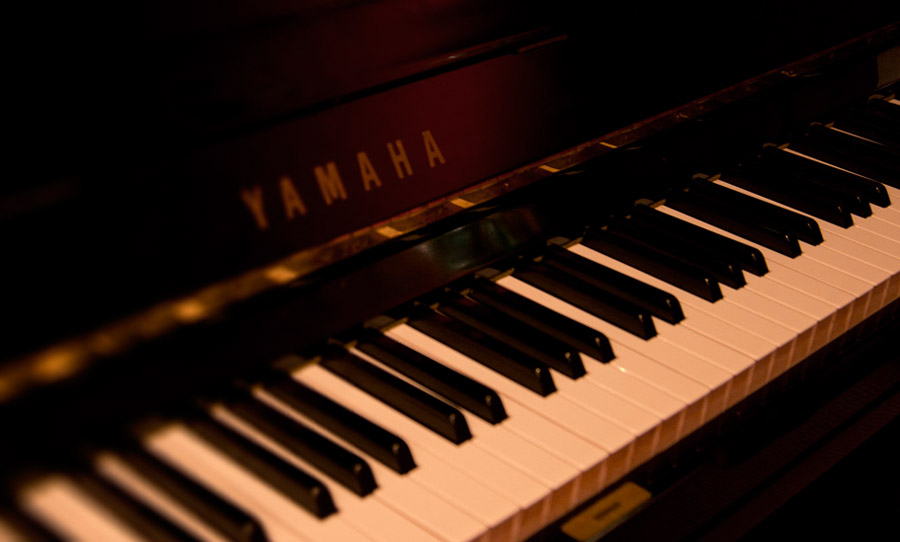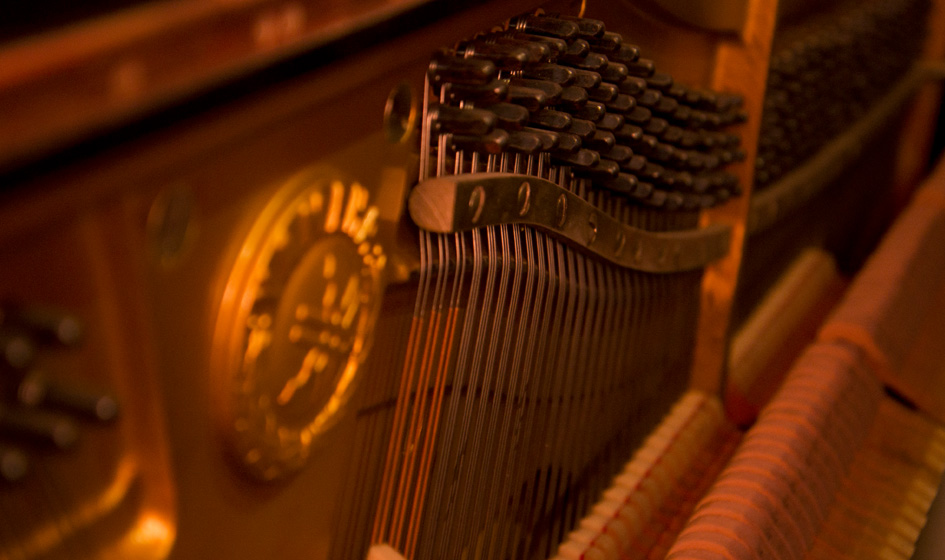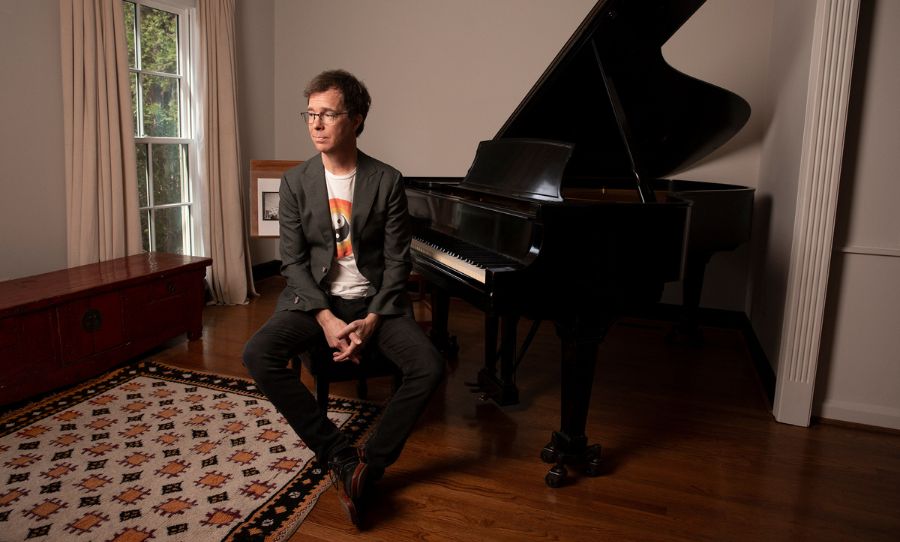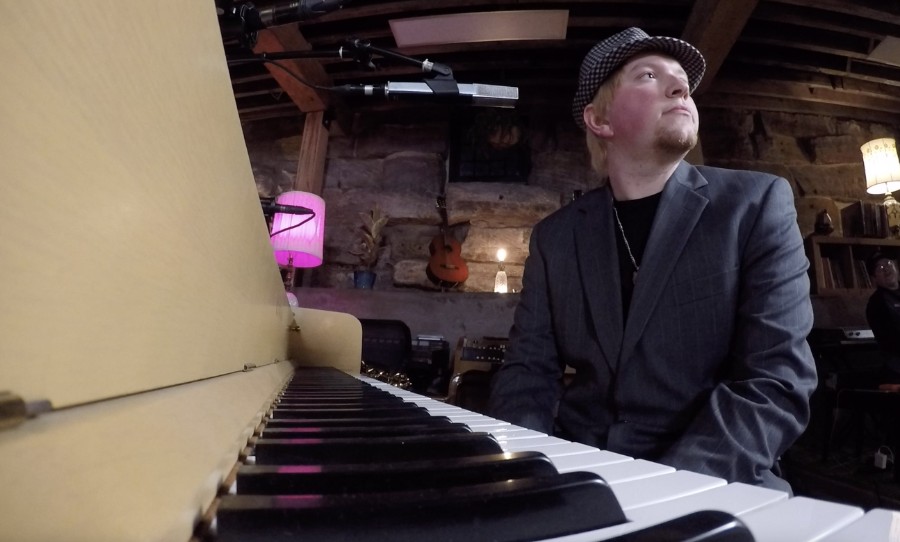The Yamaha U3 piano is one of the most versatile and soulful instruments in its market. Unsurprisingly it has a pretty colourful history too.
Nothing comes close to replicating the resonance and life that an acoustic piano brings to a space. The invention of the pianoforte mechanism was perhaps the biggest leap forward in instrumental technology since the goatskin drum.
The way it uses incredibly high-tensioned, long strings, struck by precisely aligned hammers, which are dynamically controlled by the player is almost unique, and has become one of the most important tonal voices in the history of live performance and recording.

One of the leading exponents of piano manufacturing is Yamaha. The Japanese company have been making pianos since 1887, and have therefore been at the forefront of piano innovation for many a decade. The U3 upright is one of their most acclaimed models, and also carries with it a somewhat checkered history.
The Yamaha U3 is on the larger side for an upright piano. At 1.3 metres in height it can house longer strings, and therefore produce a rich and resonant all round tone – more so than most other uprights, or even baby grand pianos. It has a large soundboard for bigger projection, but it can be taken off as well, for a more audible string attack sound. This modular feature allows for more miking options, and interesting results can be produced by giving the microphone some distance in placement.

The Grey Market
Models like the U3 were incredibly popular in Japan in the middle decades of the twentieth century. The superb build quality and sonic properties meant that these pianos were suitable for students right up to highly proficient and even professional level players.
When most of these students quit the piano at the end of their childhoods, many Japanese families strewn across the land were stuck with a large piece of furniture that was surplus to requirements. Opportunistic resellers stepped in, buying up massive quantities of the instruments at a fraction of their initial cost, and then exported them all over the world. So many a smart buyer could then buy a top-quality, professional grade “grey market” instrument at low cost.
Yamaha put out it’s own information (still available on the Yamaha website) claiming that buyers should be aware that when they purchase a second hand Yamaha – made for the Japanese market – it will not be suitable for the comparatively dry conditions of the non-Japanese home. How solve this problem? Just purchase a new piano that had been that had been properly “seasoned” for your local weather conditions in a computer-controlled drying kiln. How convenient…
The U3 has proven time and again to be a versatile and soulful instrument, capable of shining on its own, or slotting well into a mix – a hugely valuable addition to any recording studio.


